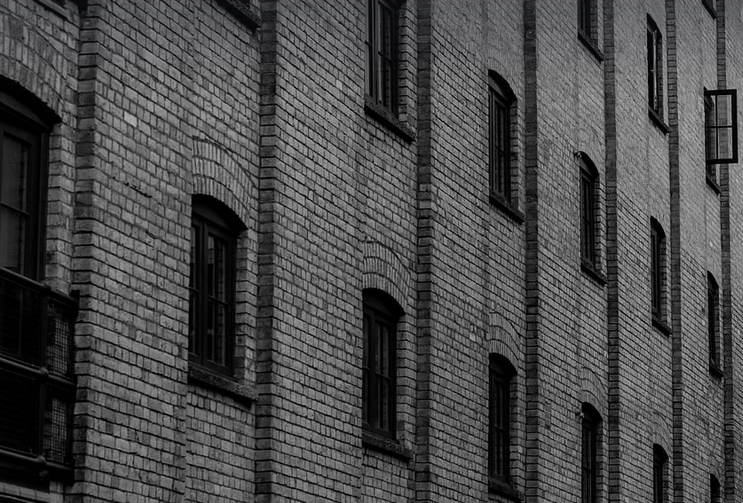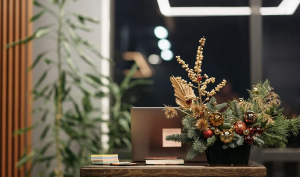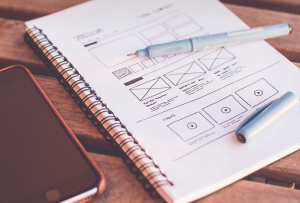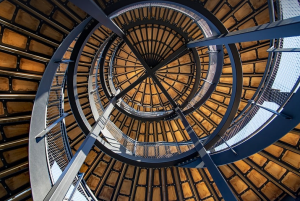
Level Up Your Design Game: Choosing the Perfect Laptop
Choosing the right laptop is a crucial step for interior designers. Whether you’re sketching, researching, or presenting your latest project, you need a machine that can keep up with the demands of your creative journey. Gone are the days of compromising on visual quality and functionality; today, we’re diving into the world of laptops specifically designed to cater to the needs of interior design enthusiasts.
Imagine this: you’re surrounded by warm colors, textures, and patterns, sketching out a stunning living room layout. You need that laptop to be your trusted partner in creating, showcasing, and executing your vision. A well-equipped laptop is essential for navigating through 3D modeling software, editing photorealistic images, analyzing architectural blueprints, or even exploring the latest design trends on social media.
Choosing a laptop often feels like an overwhelming task with countless brands and models vying for attention. But fear not! This guide will help you navigate this digital landscape to find your perfect match.
Things to Consider When Choosing a Laptop for Interior Design
1. Processing Power: The Engine of Your Creative Mind
A powerful processor is the heart of any good laptop, especially in interior design work. The faster and more efficient your CPU, the smoother your workflow will be. Think about it this way: you wouldn’t want to spend hours waiting for a program to load, right?
For tasks like running complex 3D modeling software or rendering high-resolution images, a processor with multi-core capabilities is recommended. A good starting point would be AMD Ryzen or Intel Core i7 series processors based on the latest generation
2. Graphics Power: Bringing Your Designs to Life
Interior design demands vibrant visuals, and that’s where graphics cards come in. These specialized components translate your designs from 2D sketches to fully realized living spaces with stunning realism.
For tasks demanding high-resolution images and realistic renderings, a dedicated graphics card is essential. Look for models like Nvidia GeForce RTX or AMD Radeon RX series cards. These can significantly speed up rendering times and produce lifelike visuals.
3. Memory: Keeping Your Design Files in Order
Memory (RAM) plays a vital role in efficiently running design software, managing multiple programs, and minimizing loading time for your projects.
Interior designers often work with numerous programs simultaneously – 3D modeling, photo editing, rendering, and research all need to be done smoothly. A minimum of 16GB of RAM will ensure that your system runs efficiently even when you’re juggling multiple tasks.
To maintain a fluid workflow, aiming for 32GB of RAM is recommended, especially if you work with large design files or engage in heavy file manipulation.
4. Display: A Window into Your Design World
The screen is your canvas – the area to bring your designs to life. As an interior designer, the display is your primary means of visual exploration and creation.
For detailed work like rendering and color-matching, a high-resolution display (1920×1080 or higher) with accurate color reproduction is essential. Consider laptops with vibrant displays that accurately represent colors and textures – something essential for seeing the nuances in materials and textures.
Additionally, consider factors like screen size and panel type. A larger screen provides more visual space, while a matte display reduces glare during work sessions.
For portability, a 13-15 inch laptop is generally recommended for ease of transport.
5. Storage: Keeping Your Design Library Organized
Storage is crucial for storing design files, images, and software programs. Interior designers often manage large image libraries, project notes, and even sample boards – all of which require ample storage space.
Think about how much digital information you typically deal with. Opt for laptops with SSDs (Solid State Drives) for faster loading times and smoother workflow.
A minimum of 512GB is a good starting point, but if your work involves handling large files or multiple software programs simultaneously, consider upgrading to 1TB or even 2TB for optimal performance.
6. Battery Life: A Design Oasis on the Go
Having reliable battery life when working from cafes, coffee shops, or even during client meetings is crucial. A laptop with long-lasting battery life can potentially help you work more efficiently without frequent charging.
Look for laptops featuring at least 8 hours of battery life. If you travel frequently and rely on your laptop as your creative companion, consider looking into battery saving features like adaptive power management.
Ready to Take Your Interior Design Skills to the Next Level?
Choosing a laptop is a crucial step in elevating your interior design skills. With this guide in hand, you’re ready to embrace the digital world with confidence and unleash your creativity! Remember, your laptop is an extension of your creative spirit – choose one that seamlessly blends functionality with aesthetics, ensuring you’ll never again feel limited by your technology.



